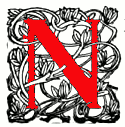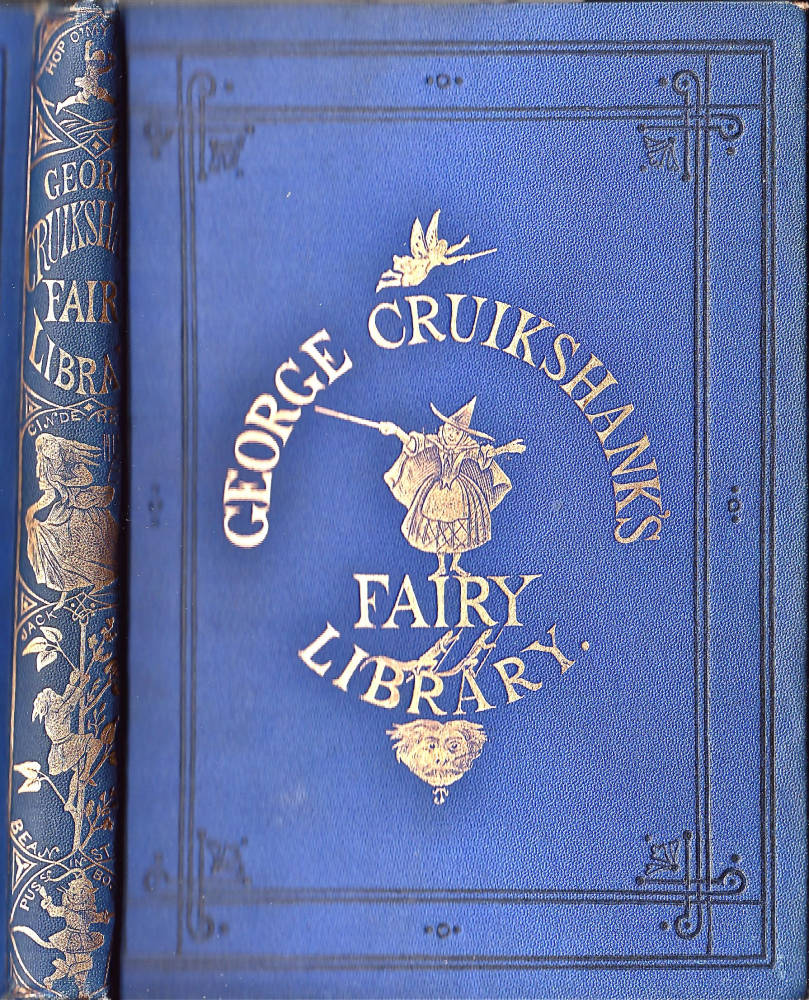[The following passage comes from the author’s book cited in the bibliography below, which is reviewed in the Victorian Web. — George P. Landow]

ew books that appeared with illustrations from their first publication became more common in the Victorian period, produced either by a single artist working in two media, such as William Thackeray, Edward Lear, or Beatrix Potter, or by collaborators such as Charles Dickens and Hablot K. Browne (Phiz), or Lewis Carroll and John Tenniel. Serial publication (as in the case of Dickens) also lent itself to illustration, with one or two images appearing with each number, which were then reprinted when the numbers were reissued as a volume. Of course, the Romantic period had illustrated books too. . . . However, very few canonical Romantic works appeared with illustrations when first published, with the obvious exception of Blake’s illuminated books.. . .




Examples of Victorian Book Illustration. Left: The Execution of Lady Jane Grey at Tower Green by George Cruikshank. Middle left: Mr. Pickwick in the Pound by Phiz. Middle right: Schacabac knocks down the Barmecide by Arthur Boyd Houghton. Right: Alice and the White Rabbit by Lewis Carroll. [Click on images to enlarge them.]
In the Victorian period, not only were there more illustrated books in circulation than ever before, but they were also more profusely illustrated and more extensively ornamented. Publishers multiplied the numbers of head- and tailpieces, decorative dividers, and printers’ ornaments they used, so that in some Victorian books almost every page is embellished with some kind of visual ornament. Colored ink was also more commonly used for initials and borders. This level of ornamentation extended to the trade bindings that were growing in popularity in this period, so that books were increasingly offered for sale in bindings decorated with blind or gilt tooling rather than in the plain paper wrappers common in the early decades of the century. All these features made books from the middle of the nineteenth century look noticeably different from those of the 1810s and ’20s. Today, any well-informed librarian, book historian, or antiquarian bookseller could tell which of the two periods a shelf of books came from without crossing the room to examine the volumes individually. . . .




Left: Tailpiece for “Gray’s Elegy” by Owen Jones. Middle left: Binding for “Common Wayside Flowers” by Albert Warren. Middle right: Binding for “Old English Ballads” designed by John Leighton. Right: Binding for “George Cruikshank's Fairy Library” by Cruikshank himself. [Click on images to enlarge them.]
Many Victorians thought that the progress of book illustration was another manifestation of the generational shift that separated them from the Romantic period. They insisted not only that illustrated books were characteristic of the current moment but also that their quality was one of the things that set that moment apart from the preceding age. To be illustrated was to be up to date. [48-49; emphasis added]




Left: Will Fern's Cottage by Clarkson Stanfield for Dickens’s The Chimes. Middle left: Come buy by Laurence Housman for Christina Rossetti’s Goblin Market. Middle right: At the cottage door by Myles Birket Foster for Pictures of English Landscape. Right: Dora by John Everett Millais for the Moxon Tennyson. [Click on images to enlarge them.]
Related material
- Changes in the Technology of Book production, 1770-1910
- “Bite-sized chunks of culture”: How Anthologies reshaped Victorian ideas of Romantic poetry
- Victorian Illustrated Books as Essentially Victorian
Bibliography
Mole, Tom. What the Victorians Made of Romanticism: Material Artifacts, Cultural Practices, and Reception History. Princeton: Princeton University press, 2018. [Reviewed by George P. Landow]
Last modified 19 January 2016